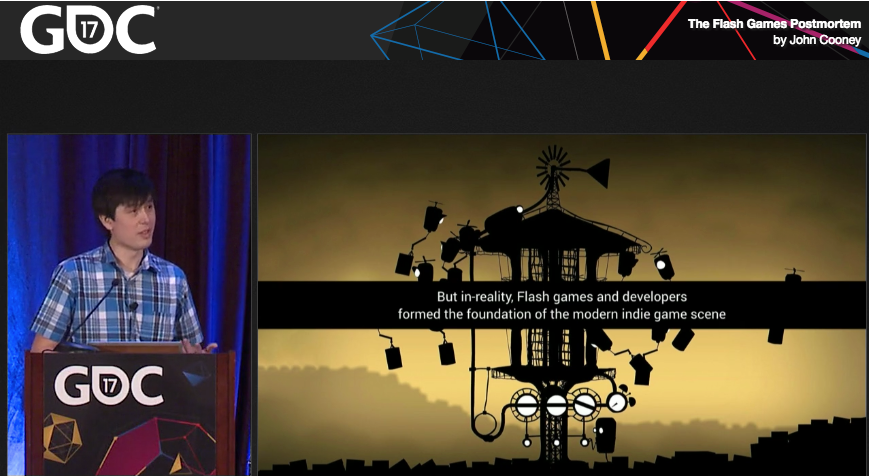I think social media has become a literal addiction for me, in the sense that it’s actually hurting my well-being by wasting hours of my time and overloading me with information about things that don’t matter. I’ve installed a browser extension to limit my Facebook and Twitter time to 20 minutes a day, which is just enough time for me to make my blog posts and read the comments I get. It’s not stopping me from procrastinating overall, but I’m spending more time looking at games and animations on Newgrounds and 4chan, which I think is a much better use of my time than reading about petty outrage on Twitter. So it’s been a positive change so far.
I’m also trying to be more mindful about digital distractions in general. Before I compulsively open a new tab, or look at my phone, I ask myself: Do I really want to be checking what pointless notifications I got in the last 30 minutes? Or is literally anything else a better use of my time?
I’m not great at it yet, but I’m making some progress.
I used to love technology, but it feels like lately a lot of it has been engineered to be so psychologically exploitative that I just want to get away from it. All social media seems to encourage the most outrageous, low quality, click-baity posts in an effort to make you stay on the site longer.
On YouTube half of what I get recommended is shit like “10 reasons why Final Fantasy 7 is the worst one!”, and “7 times Richard Dawkins went beast mode on idiots!”. They figure out what I’m interested in, and then show me the lowest quality content possible. What an age we live in, eh…
Maybe I’m a bit naive and nostalgic here, but I used to feel that social networks were a useful tool that you were in control over. You followed people who’s posts you were interested in, you searched for content you liked, and you were notified of important things like replies to your comments.
Nowadays the social networks are in charge of what I see. They show me posts that are “liked” by people I follow, when no one ever asked for that feature. They don’t allow me to turn off many types of notifications that I don’t want to see. They disguise advertisements as regular posts. Posts and comments aren’t ordered chronologically anymore, but instead by some secret algorithm. Algorithms predict what news you want to see, instead of showing you news that’s actually important.
It’s all a big waste of time really, and I wonder if the net affect of social media is even a positive one at this point. It was nice being able to keep in touch with friends and find cool people, but I think more traditional messenger apps are better suited to that now, as they don’t come with all the extra distractions.
Oh, and I forgot to even mention the mobs of self-righteous bullies that thirst for public shamings on the internet. Apparently these days it’s acceptable and often lauded to ruin someones career and livelihood over a few distasteful Tweets, or some other petty nonsense. Try saving the outrage for actual criminals who deserve it, ya twats.
Anyway, I just wanted to rant a bit about this. Do you agree or disagree?

![Clipboard01[1]](https://kupogames.com/wp-content/uploads/Clipboard011.jpg)
